Archaeologists are starting a five-year project to reveal the secrets of Bradgate Park, the estate which was home to Lady Jane Grey and her family.
See http://www.leicestermercury.co.uk/Archaeologists-prepare-reveal-secrets-Bradgate/story-26641537-detail/story.html for more information.
Here are some photos Tim took of the ruins when we visited the park a few years ago:
Bradgate Park deer park, the setting for Bradgate House, dates back nine hundred years and still retains its original, natural, unspoilt beauty today.
In Medieval times, the park belonged to the Manor of Groby. During the reign of William I it was given to Hugh de Grentemaisnil as a reward for his assitance. After that, it belonged to the Beaumont family (the Earls of Leicester), then the de Quincy family, when they succeeded to the Earldom. In 1445, a descendent of the Quincy family, Elizabeth Ferrers 6th Baroness Ferrers of Groby, married Edward Grey and this is when the park came into the possession of the Grey family. Edward and Elizabeth's son, Sir John Grey of Groby, was the first husband of Elizabeth Woodville, who later married King Edward IV, and it was their son, Thomas Grey Marquis of Dorset, who began building Bradgate House in the deer park in around 1490.
Bradgate House is known for being one of the first unfortified great houses in England, built at a time when the nobility felt secure enough to do away with moats and battlements, and is unusual in that it was built in brick, a very new and fashionable building material at that time. The house was built in an “E” shape and measured around two hundred feet in length, from east to west. At each of its corners stood an octagonal tower and although the symmetry of the plan shows a Renaissance influence, the interior of the house was more medieval. Features of the house included:
- The octagonal corner towers
- The Great Hall – Measuring eighty feet by thirty feet
- A large cellar for storing provisions, including a stone lined wine cellar to keep the wine cool.
- Kitchens and domestic offices, including a bakery, buttery, pantry, brewery and wine press.
- Servants quarters
- Family apartments
- Lady Jane's Tower – the octagonal tower above the kitchen, thought to be Jane's private retreat.
- Summer and Winter Parlours
- Private family dining room
- The chapel – the only complete building remaining today.
The Chapel
As I have said, the only remaining, complete building in the ruins of Bradgate House is the Chapel which is home to the beautiful alabaster tomb of Henry Grey, 1st Baron of Groby (and his wife Anne, daughter of Lord Windsor of Bradenham) who died in 1614, which is decorated with their effigies and the armorial bearings of the Grey family and the Windsor family. A vault under the floor of the chapel holds the remains of other members of the Grey family who died in the 18th century.
Interestingly, the chapel was the location of the wedding ceremony between Elizabeth Hardwicke (Bess of Hardwick) and her second husband, Sir William Cavendish.
Bradgate House and Lady Jane Grey
On the death of Thomas Grey, 2nd Marquess of Dorset and grandson of Elizabeth Woodville, in 1530, Bradgate House passed to his son, Henry Grey, 3rd Marquess of Dorset and 1st Duke of Suffolk. Henry Grey married Lady Frances Brandon, daughter of Mary Tudor (Henry VIII's sister) and Charles Brandon, Duke of Suffolk, in 1533 and the couple had three daughters who survived childhood: Lady Jane Grey, Lady Catherine Grey and Lady Mary Grey. Although Henry Grey was an important courtier - being Henry VIII's sword bearer at Queen Anne Boleyn's coronation in 1533, welcoming Anne of Cleves to England in 1540, being present at the capture of Boulogne in 1545 and being a member of the Order of the Garter – he is best known for being the father of Lady Jane Grey, The Nine Days Queen (or rather 13 Day Queen!).
Some say that Lady Jane Grey was born at Bradgate House, although historian and author of “The Sisters Who Would Be Queen” Leanda de Lisle disagrees. In their book “Bradgate Park: Childhood Home of Lady Jane Grey”, Joan Stevenson and Anthony Squires write of how Jane was born at the house in October 1537 and how she was christened at the nearby Parish Church at Newton Linford. Whatever the truth regarding the place of her birth, Bradgate House is the place that Lady Jane Grey would have called “home” and was where she grew up. In her book, Leanda de Lisle says of Bradgate:
“life at Bradgate was idyllic for the sisters. There were extensive gardens for them to play in, as well as the great park, which was the glory of the house.”
Although the house now lies in ruins it is a poignant reminder of Lady Jane Grey. Leanda de Lisle goes on to say that “Bradgate remains one of the most romantic places in Leicestershire and deeply evocative of its Tudor past… There is little more than the crumbling brick the sisters would have known and the deer picking through the trees in the park, as quiet as ghosts.” It really is a moving experience walking through the ruins and looking at the park that was Jane's home.
The Ruins Today
- The Chapel – Although the chapel was desecrated in the 19th century, it is still standing today and has been re-roofed and partly restored. In it, you will find artefacts, such as tiles, pottery and glass, which have been found on the site of the ruins.
- The Mill – The remains of the water mill can be seen at one corner of the tiltyard.
- The walled garden or tiltyard – The sunken area and raised walkways are still visible today, as is the huge, ancient mulberry tree which would have been part of the kitchen garden. It is thought that the area was used first as a tiltyard by the 1st Marquis of Dorset, a keen jouster, and then as a formal garden in the 17th century.
- The square tower – This tower on the middle of the western wall would have been an external staircase leading to the servants' quarters.
- Lady Jane's Tower – Situated near the chapel, this is thought to have been Lady Jane's private retreat.
- Old John – The old crenellated tower on the hillside overlooking the park was a windmill which dates back to the late 18th century.

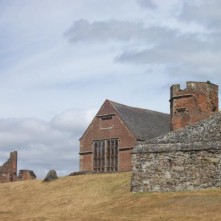
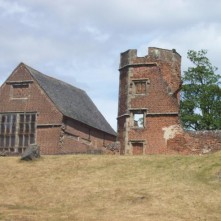
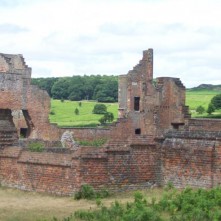
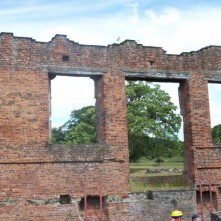
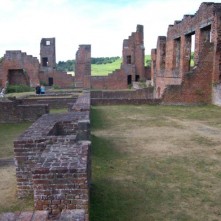
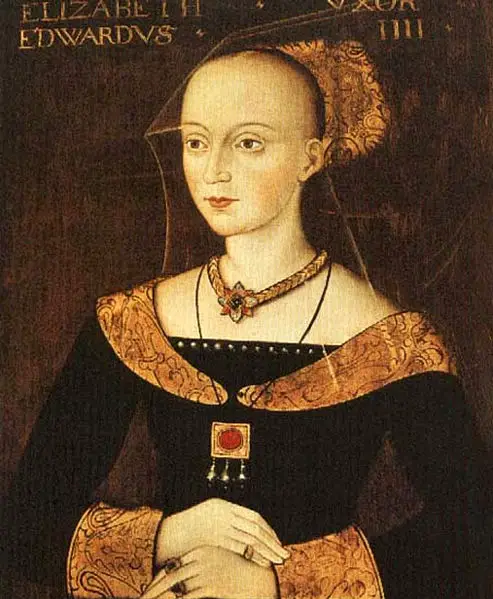
Claire, Did TimeTeam do a 3 day dig here some years ago? I seem to remember them all getting very excited about re-discovering the stairs to the Motte & Bailey mound!